- Joined
- 17 May 2008
- Messages
- 678
- Reaction score
- 1,401
Something different for me to post an Air to Air Missile concept. This is the McDonnell Model 66 Air to Air Missile. The specification describes an "air-launched, rocket-propelled, command-controlled guided missile for attack on enemy aircraft in flight. This missile is designated the M.A.C. model 66. This missile shall be propelled by a single, solid-propellant rocket motor."
Speed at launching Mach No. 0.8
Speed at burnout Mach No. 1.67 (at 35,000 feet or higher)
Speed at point of impact within tactical firing range Mach 1.1 or greater
Tactical firing range 2000 to 3000 yards
Maximum controlled flight Approximately 6800 yards at an altitude of 35,000 feet or higher
Attached are pages and drawings from Report 1304 Proposal For The Development Of An Air-To-Air Guided Missile M.A.C. Model 66
(Paul, I promise I searched several different ways before posting a new topic!)
Speed at launching Mach No. 0.8
Speed at burnout Mach No. 1.67 (at 35,000 feet or higher)
Speed at point of impact within tactical firing range Mach 1.1 or greater
Tactical firing range 2000 to 3000 yards
Maximum controlled flight Approximately 6800 yards at an altitude of 35,000 feet or higher
Attached are pages and drawings from Report 1304 Proposal For The Development Of An Air-To-Air Guided Missile M.A.C. Model 66
(Paul, I promise I searched several different ways before posting a new topic!)
Attachments
-
 xMcDonnell-Guided-Missile-Model-66-Artist-Concept.jpg39.7 KB · Views: 279
xMcDonnell-Guided-Missile-Model-66-Artist-Concept.jpg39.7 KB · Views: 279 -
 xMcDonnell-Guided-Missile-Model-66-Interior-Arrangement.jpg52.6 KB · Views: 293
xMcDonnell-Guided-Missile-Model-66-Interior-Arrangement.jpg52.6 KB · Views: 293 -
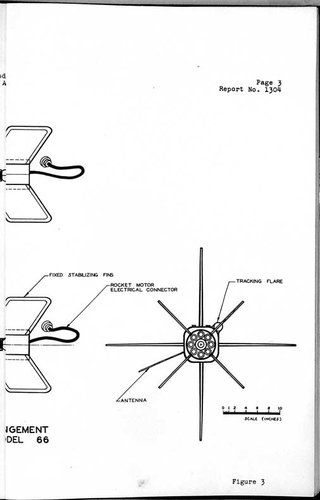 xMcDonnell-Guided-Missile-Model-66-Interior-Arrangement-2.jpg24.5 KB · Views: 250
xMcDonnell-Guided-Missile-Model-66-Interior-Arrangement-2.jpg24.5 KB · Views: 250 -
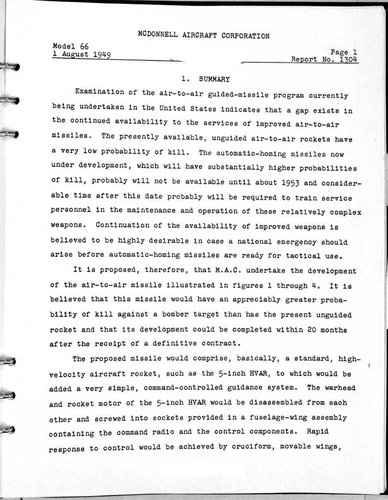 xMcDonnell-Guided-Missile-Model-66-Page-1.jpg77.5 KB · Views: 211
xMcDonnell-Guided-Missile-Model-66-Page-1.jpg77.5 KB · Views: 211 -
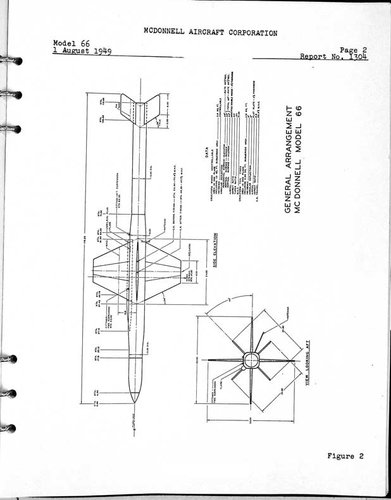 xMcDonnell-Guided-Missile-Model-66-Page-2.jpg38.5 KB · Views: 196
xMcDonnell-Guided-Missile-Model-66-Page-2.jpg38.5 KB · Views: 196 -
 xMcDonnell-Guided-Missile-Model-66-Page-5.jpg76.8 KB · Views: 179
xMcDonnell-Guided-Missile-Model-66-Page-5.jpg76.8 KB · Views: 179 -
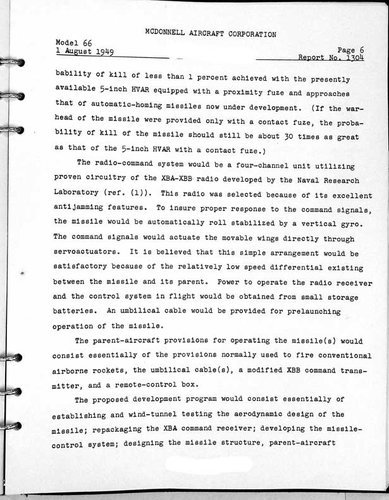 xMcDonnell-Guided-Missile-Model-66-Page-6.jpg79.4 KB · Views: 132
xMcDonnell-Guided-Missile-Model-66-Page-6.jpg79.4 KB · Views: 132 -
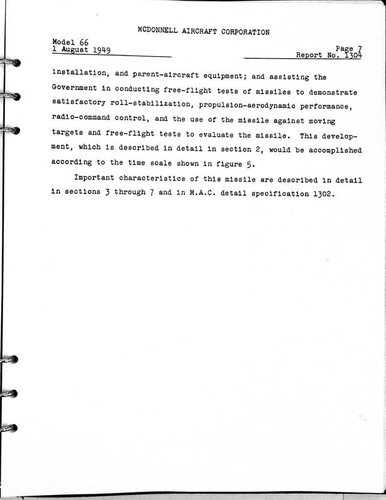 xMcDonnell-Guided-Missile-Model-66-Page-7.jpg36.6 KB · Views: 198
xMcDonnell-Guided-Missile-Model-66-Page-7.jpg36.6 KB · Views: 198
